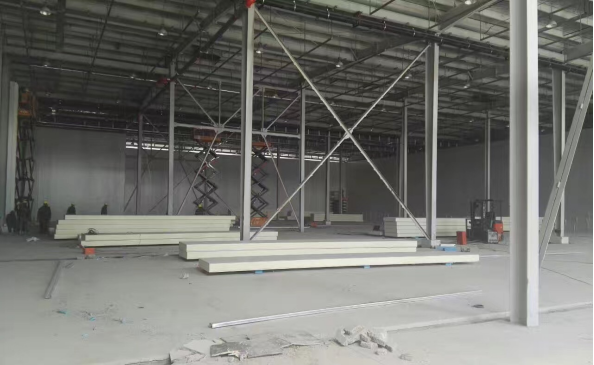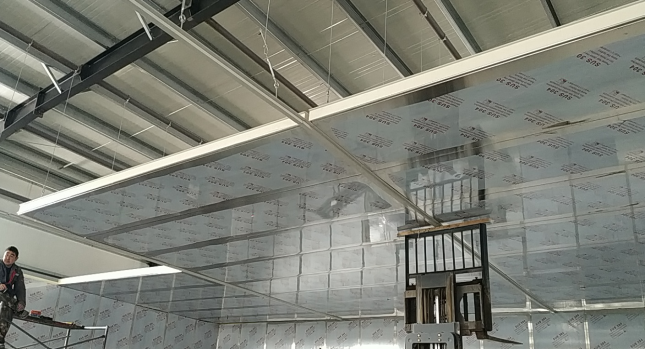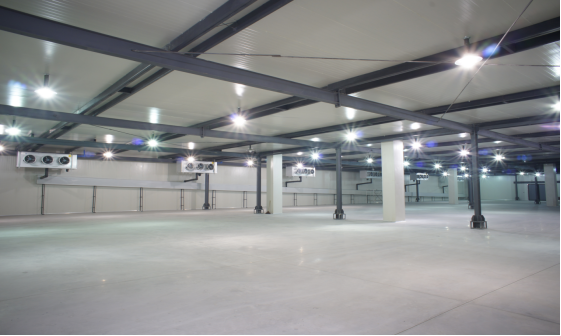Fires are prone to occur during the construction process. During the construction of the cold storage, rice husks should be filled in the insulation layer, and the walls should be treated with a moisture-proof structure of two felts and three oils. If they encounter a fire source, they will burn.
Fires are prone to occur during maintenance. When performing pipeline maintenance, especially when welding pipelines, fires are very likely to occur.
Fires are prone to occur during the demolition of cold storage. When the cold storage is demolished, the residual gas in the pipeline and the large amount of combustible materials in the insulation layer will burn into a disaster if they encounter a fire source.

Line problems cause fires. Among cold storage fires, fires caused by line problems account for most. Aging or improper use of electrical equipment can cause fires. Improper use of lighting lamps, cold storage fans, and electric heating doors used in cold storage, as well as aging of wires, can also cause fires.
Preventive measures:
Regular fire safety inspections of cold storage should be carried out to eliminate fire hazards and ensure that fire-fighting facilities are complete and easy to use.

Cold storage should be set up separately, at least not “joined” with densely populated production and processing workshops, so as to prevent toxic smoke from spreading to production and processing workshops after a fire in the cold storage.
The polyurethane foam material used in the cold storage should be coated with cement and other non-combustible materials to avoid being exposed.
The wires and cables in the cold storage should be protected by pipes when laid, and should not be in direct contact with the polyurethane insulation material. The electrical circuits should be checked frequently for abnormal conditions such as aging and loose joints.

Post time: Jan-14-2025







